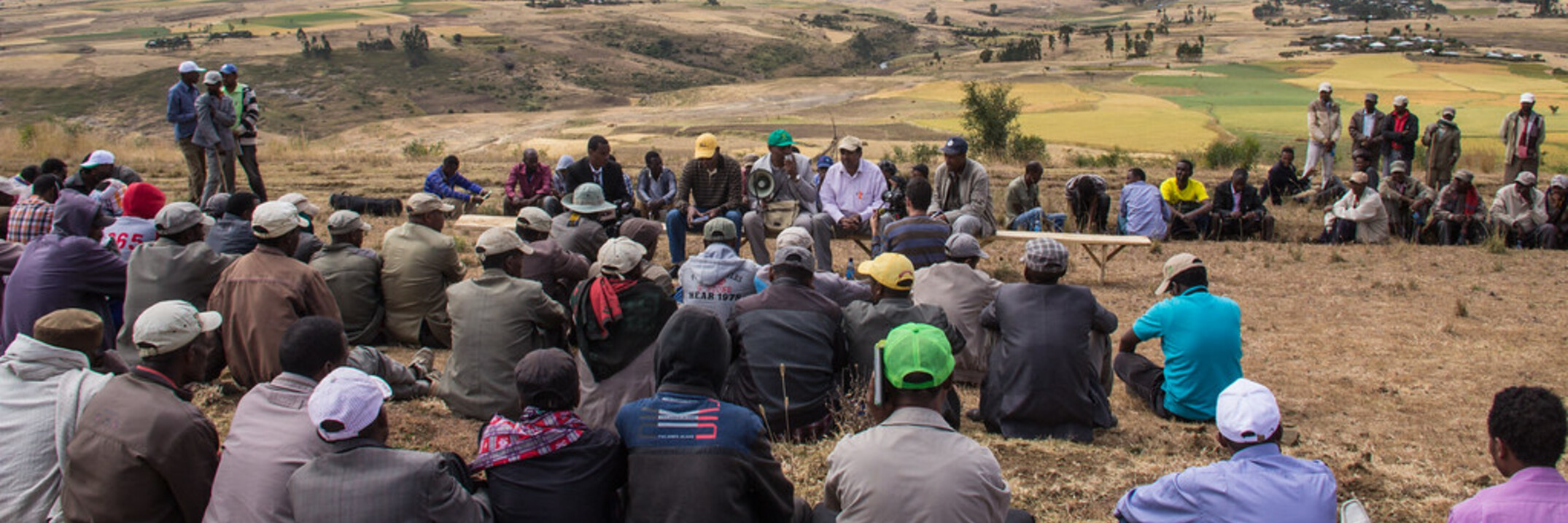Women in the Global South play significant roles in farming but face inequalities in access to resources, land and extension support (3,4,5). Their roles in farming cereals, often perceived as male crops, are especially undermined (2). The results...


